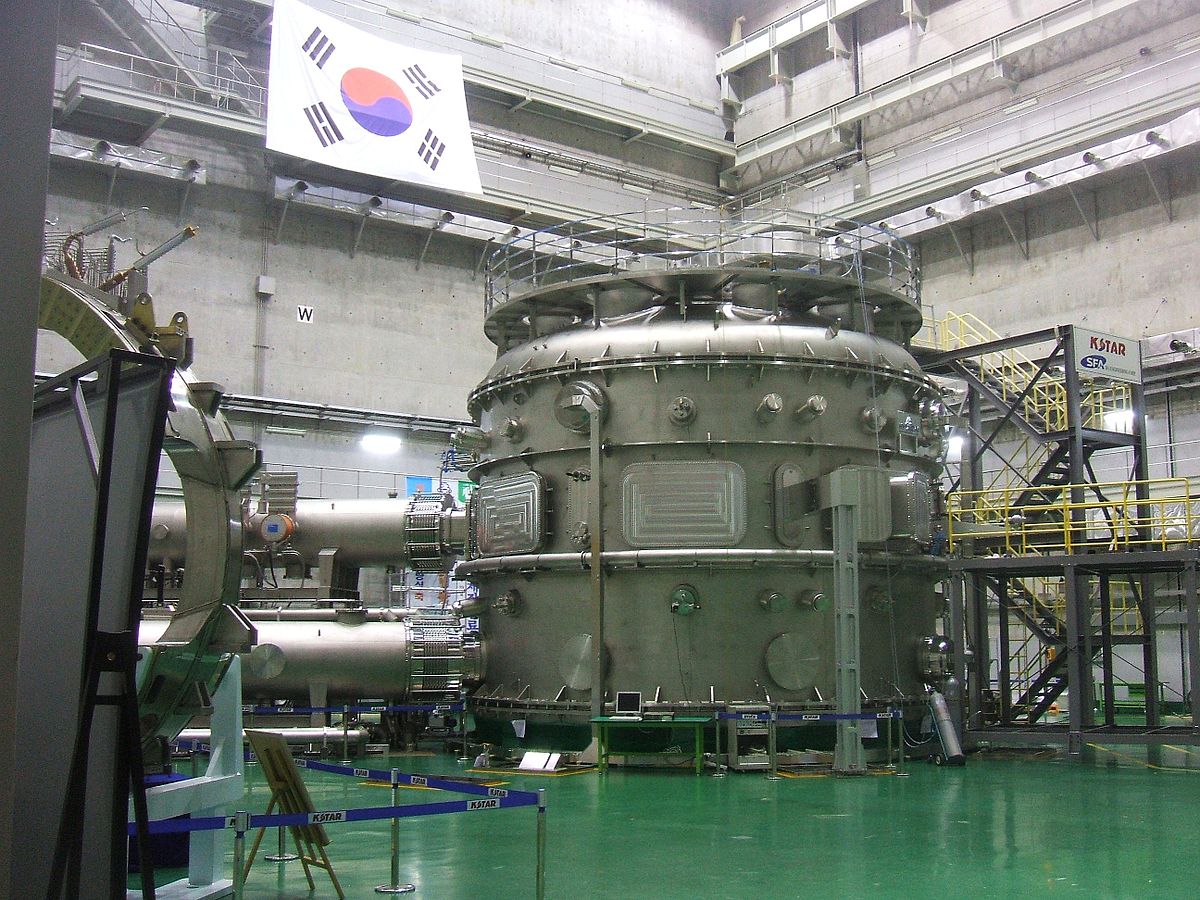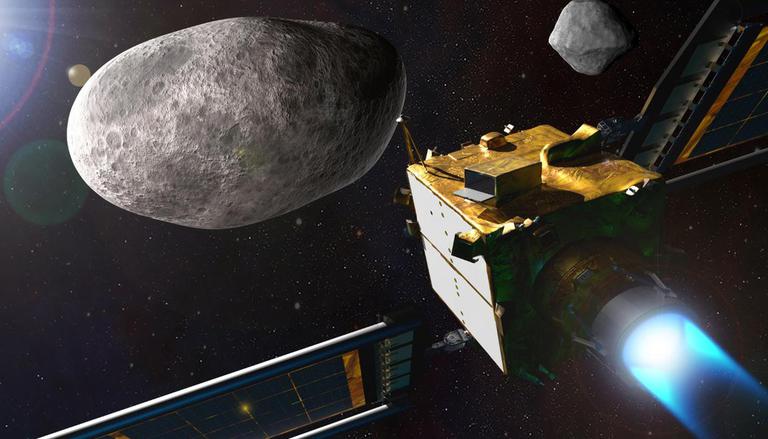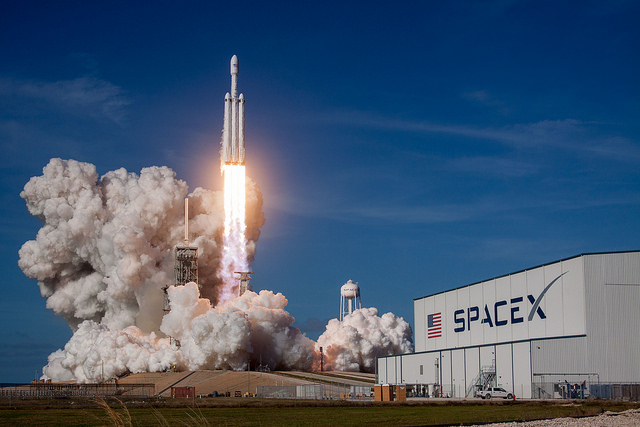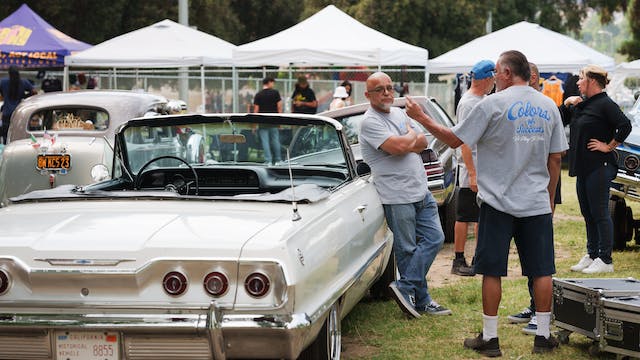29,000 Hiroshima Size Weapons Have Been Tested in the Earth’s Atmosphere
We have recently been reminded of the terrible destructive power of tsunamis as seen in Japan and the Philippines. So is it any wonder that military planners, once upon a time, sought to create a “tsunami bomb?” Thomas Leech, an Australian professor at Auckland University, led “Project Seal” and set off a number of nuclear devices to create mini-tidal waves in the 1940s. Fortunately, the war ended before his work could be completed and the project was mothballed.
Incredible Images of Underwater Nuclear Explosions
In 1946, the United States conducted the first nuclear explosion, Baker, to occur underwater off the Bikini Atoll in the Marshall Islands. It was one of two nuclear tests collectively known as “Operation Crossroads” intended to observe how nuclear weapons affected naval vessels and was the equivalent of 23 kilotons of TNT.
“Test Baker” was suspended 90 feet underwater in the middle of a fleet of target ships and detonated. Setting off the blast underwater blocked the blinding light of the blast so photographers would be able to capture the explosion more closely.
A subsequent test, WAHOO, produced a “spray dome that rose 900 feet above the surface of the water,” followed by a hot gas and steam bubble that burst through, throwing out jets of water in all directions up to a height of 1,700 feet. When the plume collapsed, the base surged outwards to a distance of 2 miles downwind, reaching a height of 1,000 feet traveling at an initial speed of 75 mph and decreasing to 20 mph after 10 seconds.
Due to concerns about radioactive fallout from such tests, atmospheric testing was banned in 1963 by the Partial Test Ban Treaty. The first members of the treaty were the United States, Russia and the United Kingdom with France joining in 1974 and China in 1980. The Treaty allows nuclear tests within the borders of a member state but not if radioactive material carries outside its borders. This basically eliminated atmospheric, space and underwater testing but permitted underground testing.
Listen to cameraman Pat Bradley’s description of the footage he took from just 2.5 miles away from the explosions.
Related articles on IndustryTap:
- World’s First Long Lasting Water-Based Nuclear Battery…
- US Army’s Top Secret Nuclear City, Camp Century, Hidden Under Greenland’s Glaciers
- Nuclear Power: Stayin’ Alive Via Tech Advances, Renewables Intermittency
References and related content:
- Historical overview of atmospheric nuclear weapons testing and esti. – PubMed – NCBI
The History of the UK Nuclear Weapons Programme - Amazon.com: A History of U.S. Nuclear Testing and Its Influence on Nuclear Thought, 1945-1963 (9781442232006): David M. Blades, Joseph M. Siracusa professor of Human Security and International
- Diplomacy The Royal Melbourne Institute of Technology Author of Nuclear Weapons: a Very Short Introduction 2nd edition: Books






